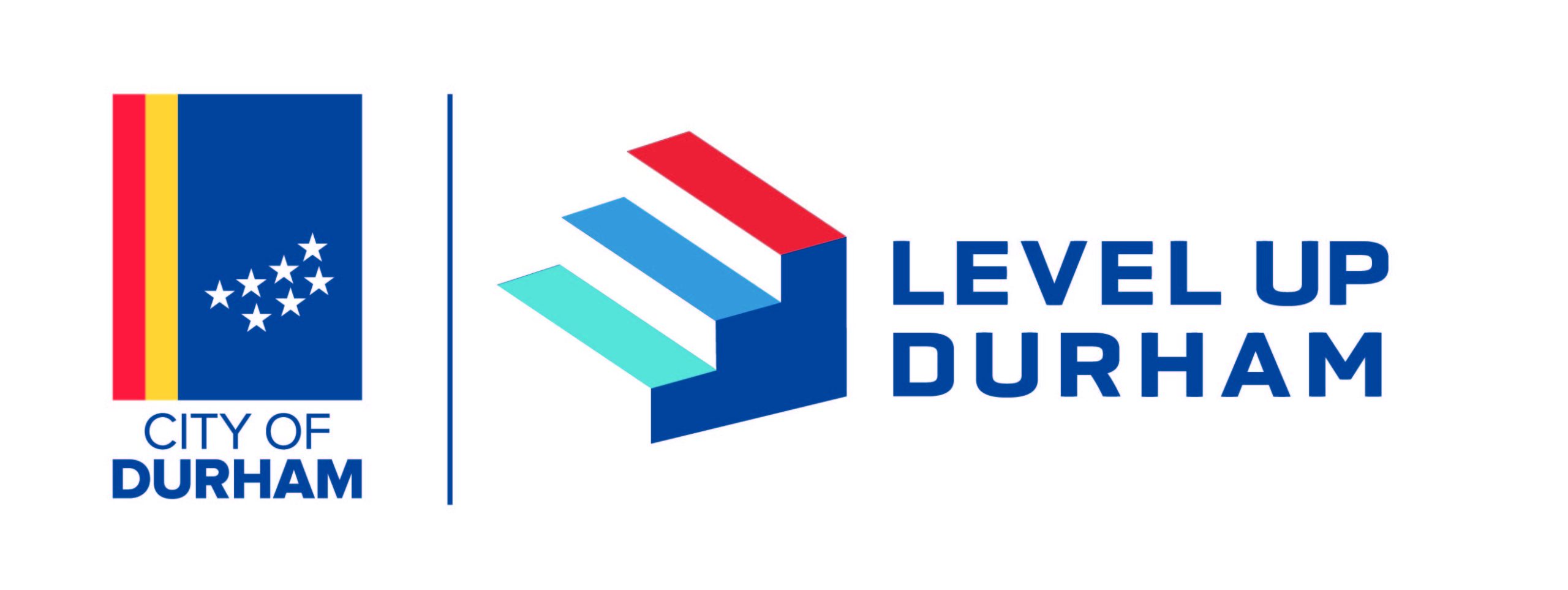![]()
Prosperity
![]()
![]()
![]()
![]()
Status Indicator: ![]() In Progress |
In Progress | ![]() On Hold |
On Hold | ![]() Complete/Ongoing
Complete/Ongoing
Initiative: 2.11 Reduce public safety interactions with and improve outcomes for familiar neighbors
Creating a Safer Community Together
Description
From the data and experience, we know that a small number of people can contribute to a larger, disproportionate number of encounters with public safety agencies. A couple of examples highlight this point.
-
This past fall, downtown businesses identified a small group of neighbors who they repeatedly had interactions with that made their employees or customers feel less safe. These neighbors, less than 10 total, had been detained in jail dozens of times each over the last year and also had many complex needs – from housing instability to mental health.
-
One neighbor called 9-1-1 over 400 times in a one-month period and had complex needs around substance use that were driving his calls for service. This same neighbor contributed to 155 interactions with DCSD staff.
This initiative will (1) apply data-driven approaches to identify familiar neighbors (FN) with the highest number of interactions with each public safety agency (to include DECC, DPD, DFD, and DCSD); and (2) develop person-centered strategies and collaborations to better address the needs of these neighbors, resulting in a measurable reduction in the number of times these neighbors engage with the Durham Public Safety Portfolio.
Key Measures & Data Analysis
A small percentage of people make a disproportionate share of 9-1-1 responses. We are working to understand the data across public safety, but for HEART responses alone, 0.5% of the neighbors we serve account for 12% of all of our responses. By focusing on addressing the underlying needs contributing to these repeat calls for service from this smaller number of neighbors, we can significantly reduce utilization of first response services.
Why is it important?
By taking a data-driven, highly collaborative, person-centered approach (one that includes all public safety agencies AND extends beyond it to other health and social service agencies), the goal is to better address unmet, complex needs that are leading to an outsized usage of public safety resources.
Additionally, sending first responders to the same home 150 times over a 9-month period is the definition of inefficiency. Having call takers answer a 9-1-1 call for the same person over 400 times in single month is inefficient. Detaining persons over 20 times in a six-month period is inefficient. Figuring out how to better attend to the needs behind these calls can help save time (freeing up public safety responders experiencing significant staffing shortages for other calls), reduce risk and harm (that comes from repeated interactions with public safety they may escalate over time), and may even save money (though it depends on how much public safety costs are fixed versus variable).
What have we been doing?
Data Collaboration: Continue working with Duke to gain aggregate-level data for our Familiar Neighbors.
Community Engagement: Continue meeting with Familiar Neighbors and making progress on addressing their needs.
Needs Assessment: Identify barriers and gaps in addressing the needs of Familiar Neighbors.
Strategic Partnerships: Partner with HSAC to inform proposals for the non-congregate shelter pilot.
Data Sharing & Coordination: Develop a memorandum of agreement with Alliance to streamline data sharing and care coordination.
Staffing Expansion: Hire FN unit funded by a 3-year DOJ grant.
HMIS Integration: Gain HMIS access for the FN team and begin entering data for Familiar Neighbors who are unsheltered.
Consent & Accessibility: Work with Durham County to develop a universal consent form to facilitate data sharing.
What's next?
Key Initiatives:
• Begin meeting 1:1 with partner organizations to discuss gaps or access barriers we are identifying.
• New unit continues meeting with Familiar Neighbors (FN) and expands the number served.
• Continue working with Duke to understand the impact of FN on the health system and identify top health needs.
• Continue working with HSAC to develop strategies to support housing and shelter needs.
• Add additional focus on familiar callers to 9-1-1: Launch small pilot.
• Master's student completes research project on familiar callers.
• Explore with Durham County, Alliance, and Duke Health the possibility of Psychiatric Street Services.
• Continue working with Durham County to implement a universal consent form to improve data sharing.
City Website Home Page: Durham, NC | Official Website (durhamnc.gov)
Budget Website Page: Budget & Management Services Department | Durham, NC (durhamnc.gov)
Budget and Management Services Department
Office of Performance and Innovation
Strategy and Performance Division
